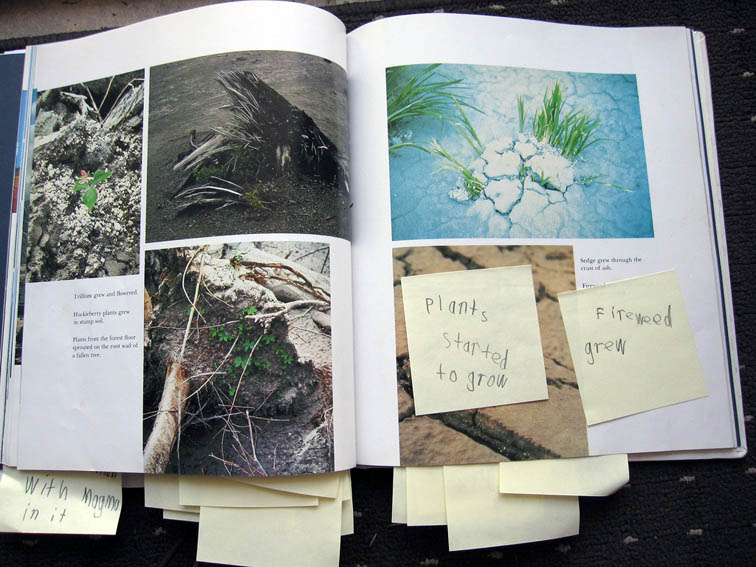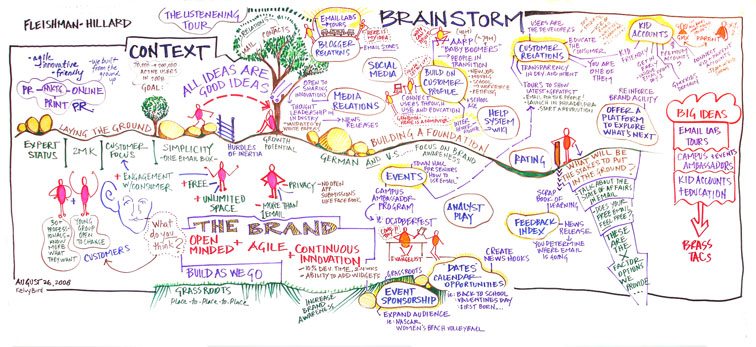Deductive Thinking Can Drive Student-Designed Research
by Jane Healey, Ph.D.
I specialize in an odd subject—research. I teach students to select a subject area, pick a topic, craft a question, design a prospectus, follow through on the plans, adapt to obstacles and “interesting” findings, organize results, and create an appropriate outcome that matches the content and methodology of the project. Many teachers call me crazy for loving this process; teaching skills regardless of content seems difficult and abstract or too chaotic and uncontrollable. I think it’s fun.
In two previous posts, I shared advice I give to colleagues who want students to research in the classroom and need a refresher about the process and effective ways of teaching it. At the start of the school year, I encouraged teachers to avoid the time trap of letting students loose on Google. I bit later I explained the benefits of printing materials to help students learn to annotate, organize and cite.
Recently, a colleague claimed that I skipped steps of independent research for students: how do they create their own questions? I had assumed that at the start of the school year many teachers would craft questions for the class, but I’m ecstatic that more and more educators want students to learn perhaps the hardest part of the inquiry process—figuring out what to investigate and how to frame the project in effective language to produce the best results.
Many of us sincerely wish students would follow their passions, but many of them, especially the younger ones, sincerely don’t know what that is. When we ask them, “What interests you?” and they respond, “I don’t know,” they aren’t being disingenuous or stubborn. The enormity and vagueness of the question after they’ve been conditioned to provide “right” or “correct” answers sets them up for fear and a blank brain.
Below are strategies I teach teachers when they want to encourage student-led research and they are willing to slow down the process to make the early steps visible.
The deductive thinking starts big and narrows as more is learned. So starting with a subject area helps students grab hold of a course or material from a course that they enjoy.
Most students are most interested in themselves, so I start there and move them outward, gathering evidence of their strengths, hobbies, and pursuits. In class, I ask them to craft a paragraph about a probable area to study based on their sense of what they think might sustain their time and effort. I break the class into groups of threes, and after peers read the paragraphs, their task is to tell the writer other strengths and areas that might work. The writer’s job is to take notes—agree or disagree—on the same page as the paragraph.
Not done, yet. The students take the paragraph and ideas home to ask parents, siblings, grandparents, outside friends, and other groups for their input. After this research into potential subject areas, students return to class with the first draft and a growing list of notes. They spend a class period revising their initial thoughts. They may—even must—talk while they do so, asking for clarification, advice, and feedback. In the midst of this wide set of reactions students have an opportunity to judge an area of interest instead of pick one in the vacuum of their own brains.
While the students believe they are done, as teachers, we know they have just begun. Within the subject area, they need to narrow down a topic. For example, United States government, physiology and French art history are subjects. Presidential elections, the knee joint and French Cubism are topics in those subjects.
This decision requires less interviewing and more reading—my favorite kind of reading, browsing. Avoid Google at this moment more so than any other, because students know too little about manipulating the search engine and keywords to produce quick, helpful results. Instead, target magazines, newspapers and other media connected with a subject to help students find a range of results when they type in varieties of topic keywords.
For US History, a teacher might tell the students to check The New York Times, PBS, Smithsonian Magazine, NPS.gov (National Park System), the White House, and CNN for articles about their subject. For chemistry, a teacher may say the first three above and National Geographic, Scientific American and Discovery Channel.
Students need to scan the results their keywords produce. From those lists, they choose three (from separate sources) and read them to get a sense of news about their subjects and potential topics that are currently covered. If they don’t like the lists of results, they can play with the keywords until they find titles and articles they like.
After they read the first three articles, students can switch topics and start again, or read three more to gain a wider view of the field. If they are decidedly happy with the topic after 5-6 articles from a range of sources, they’re ready to decide what aspect of the topic they want to investigate. If not, they can keep looking, but we all know students who simply need teachers to draw a line in the sand and say, “Stay!”
Step 3: Questions
Many experts urge teachers to have students “develop their own questions.” If students were people accustomed to asking questions, I would trust them to do so without my guidance. Instead, I feel the need to teach them how to ask questions.
I am a recent convert of the QFT (written about on this site), but even those results are raw and need to be shaped. Teachers work with students after they generate a list a ideas they wonder about to craft a specific line of inquiry.
A way to jumpstart the question asking—or to have students try to curate their brainstorm from QFT—is to encourage them to phrase their inquires as “how” and “why” questions that depend on the foundations of what, when, who, and where. They will need to know the facts to answer questions about reasons events happen, applications of study results, extensions of theories and more. Starting with “how” and “why,” students can at least craft a working question that they revise as they know more about what their talking about.
While laying out these steps in writing tends to make them seem tedious, in practice, they flow easily from one into the other in a natural progression. Thus, teachers and students develop a ritual or protocol that begins in a big, broad area and narrows slowly into a focused and do-able project.
Image attribution flickr user cethompson; How Deductive Thinking Can Drive Student-Designed Research



